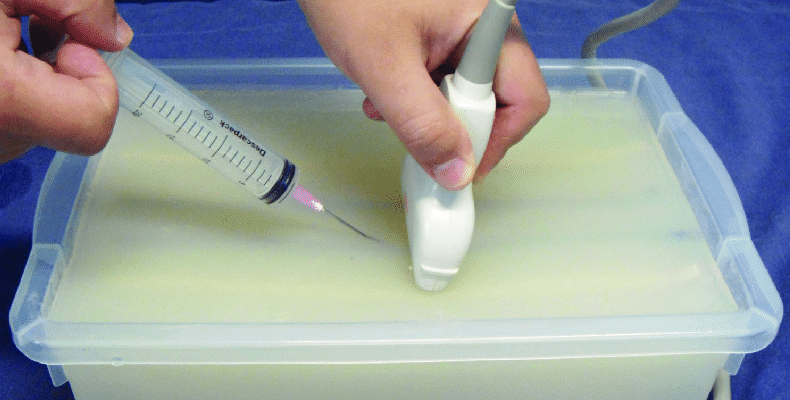The ultrasound vascular access course is meant for anyone involved in vascular access, mostly the medics and all other healthcare practitioners who would like to expand their skills and knowledge about vascular access; nurses, doctors and consultants.The course widely covers the anatomy and the techniques of performing an ultrasound vascular access, the central nervous system at large, blood vessels, and nerves.
There are many skills gained from studying this course, and every healthcare provider opts to understand and gain knowledge before practicing it in a patient. Discussed below are some skills gained in the ultrasound vascular access course.
- Ways to identify the internal jugular veins and the veins in the arm of a patient.
The healthcare practitioners are being taught to differentiate the veins and the arteries, especially the internal ones, including the internal jugular vein and other deeper veins in the body. They can do this by palpating the size, shape, and compressibility. At the end of their course, they will have enough knowledge and apply it to a patient.
- How to cannulate a patient.
Cannulation is the process of inserting a cannula, a thin tube, into a patient’s vein to either administer fluids or liquid drugs to the patient. Health practitioners undertaking this course are taught the procedure of cannulating a patient, maintaining the sterile environment, post-procedure techniques, and managing excess bleeding in case bleeding happens. After cannulation, they are also taught how to remove the cannula, the decannulation process.
- How to handle and control ultrasound modes.
The practitioners are taught about the different modes of ultrasound, B modes, Doppler modes, the various methods applied, and how to use them. They are also taught how to manage the ultrasound machine, its control panels and maximize an ultrasound picture.
- How to direct needles to access veins.
When performing intravascular access, the most commonly used veins are the superficial ones in the hand and forearm, cephalic, or the deeper brachial veins. Identification of the vein is through the static approach, where it is only a success when a needlepoint is properly identified. The health team is taught all these procedures.
- Knowledge about scanning planes and transducers as used in ultrasound.
The healthcare team is taught about the various categories of transducers found inside the ultrasound machine, how to hold and move them. They are also being trained on the different scanning planes available for imaging blood vessels and when to use them.
To conclude, inserting an intravascular catheter is one of the most done procedures done in a healthcare setting to facilitate the intake of fluids, liquid drugs, and blood. It also enables nurses and the healthcare team to study the blood through the blood samples. The patient can lose a lot of blood in case cannulation is not correctly done. For all these procedures to be successful, the healthcare team should have an excellent knowledge of ultrasound vascular access by undertaking the course.













Comments